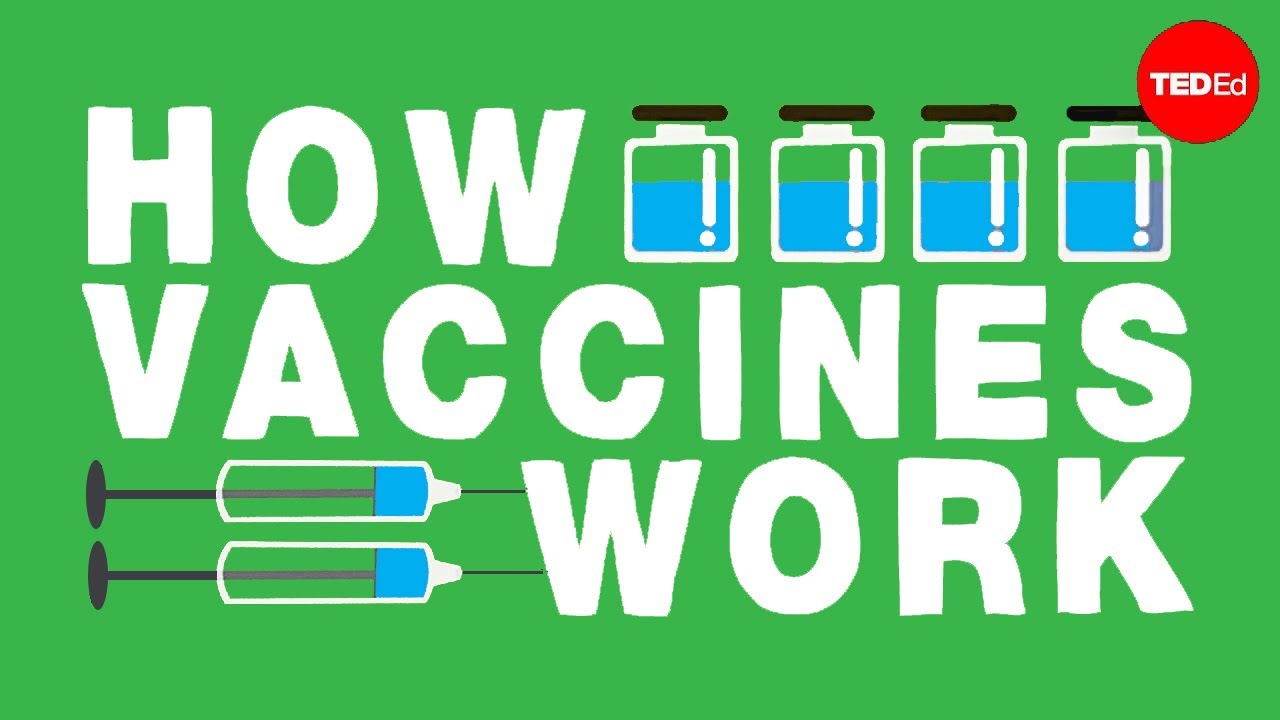Vaccines are a crucial tool in the prevention and control of infectious diseases. They work by stimulating the immune system to recognize and defend against specific pathogens, such as bacteria or viruses, without causing the actual disease. The immune response triggered by vaccines prepares the body to mount a rapid and effective defense if it encounters a real pathogen in the future. Understanding how vaccines work is essential for appreciating their significance in public health. In this essay, I will explain the key mechanisms behind vaccines in a concise manner.
Vaccines utilize various strategies to elicit an immune response. The most common type is the inactivated or weakened pathogen vaccine. These vaccines contain either killed pathogens or live attenuated (weakened) versions of the pathogen. When administered, the vaccine introduces antigens, which are unique molecules found on the surface of the pathogen, to the immune system. These antigens stimulate the production of specific antibodies and activate immune cells, such as T cells and B cells.
Antibodies play a crucial role in the immune response. They are proteins produced by specialized immune cells called B cells. Antibodies bind to antigens on the surface of pathogens, neutralizing their activity and marking them for destruction by other immune cells. When a vaccine introduces antigens, B cells recognize them as foreign and start producing antibodies targeted against these specific antigens. This antibody production establishes a memory response, enabling the immune system to recognize and respond rapidly to the pathogen if encountered in the future.
T cells are another vital component of the immune response. They are responsible for recognizing and eliminating infected cells directly. Vaccines that contain live attenuated pathogens or certain viral vectors stimulate the activation of T cells. T cells recognize antigens derived from the pathogen and initiate a cellular immune response. This response leads to the destruction of infected cells and further helps in clearing the pathogen from the body.
Some vaccines employ a subunit approach. These vaccines contain only specific fragments or components of the pathogen, such as proteins or polysaccharides. By focusing on key antigens, these vaccines trigger an immune response targeted against essential components of the pathogen. For example, the hepatitis B vaccine utilizes a recombinant protein derived from the hepatitis B virus to stimulate an immune response against the virus.
Newer vaccine technologies, such as mRNA and viral vector-based vaccines, have gained significant attention recently. mRNA vaccines, like the ones developed for COVID-19, deliver genetic instructions to cells to produce a harmless piece of the pathogen, known as a spike protein. The immune system recognizes this spike protein as foreign and mounts an immune response against it. Viral vector vaccines use modified viruses to carry genetic material from the target pathogen into cells, leading to the production of antigens and the subsequent immune response.
In summary, vaccines work by presenting antigens from pathogens to the immune system, stimulating the production of antibodies and activating immune cells. This immune response establishes memory, enabling the immune system to recognize and respond rapidly to the actual pathogen if encountered in the future. By harnessing the power of the immune system, vaccines effectively prevent or reduce the severity of infectious diseases, saving countless lives and improving public health worldwide.










